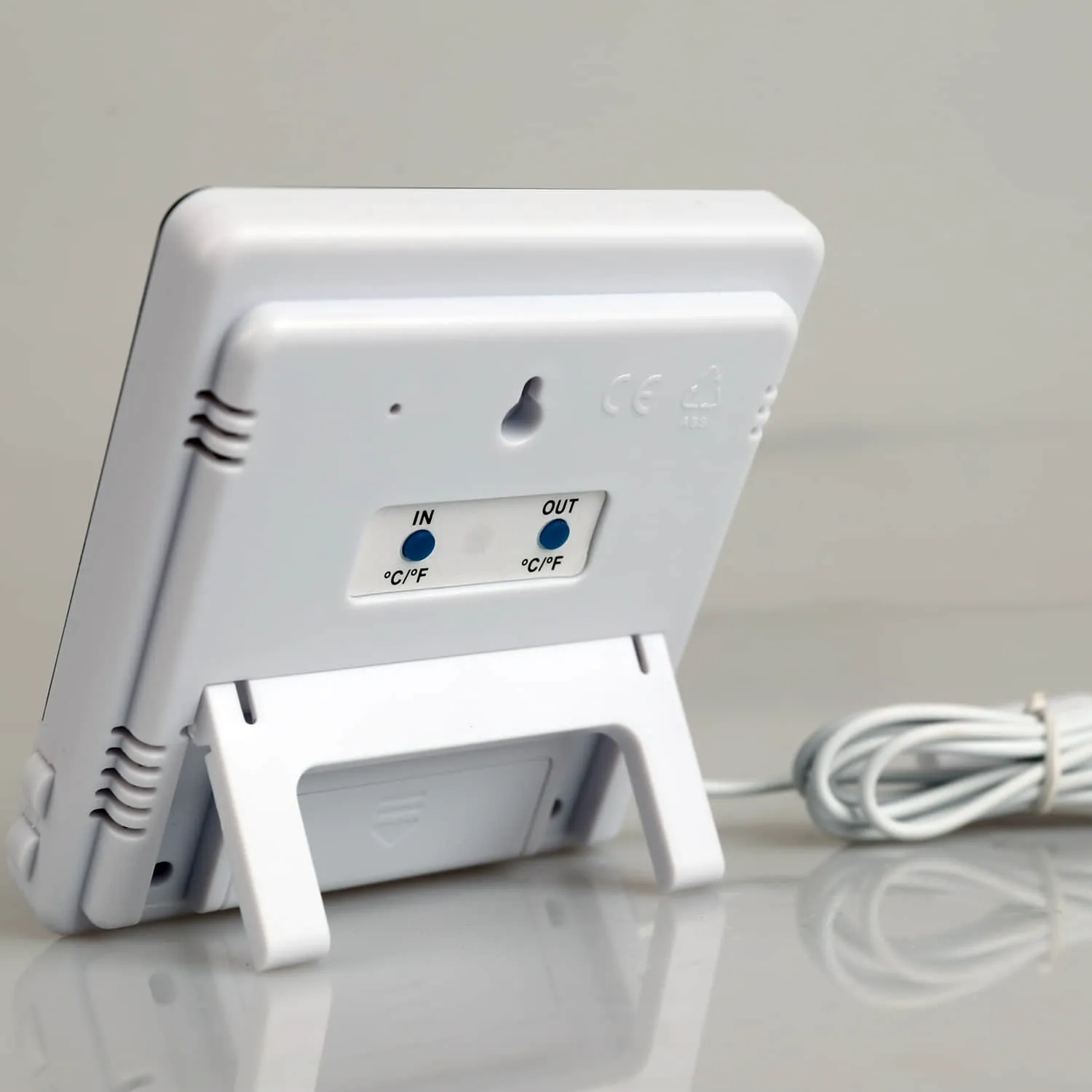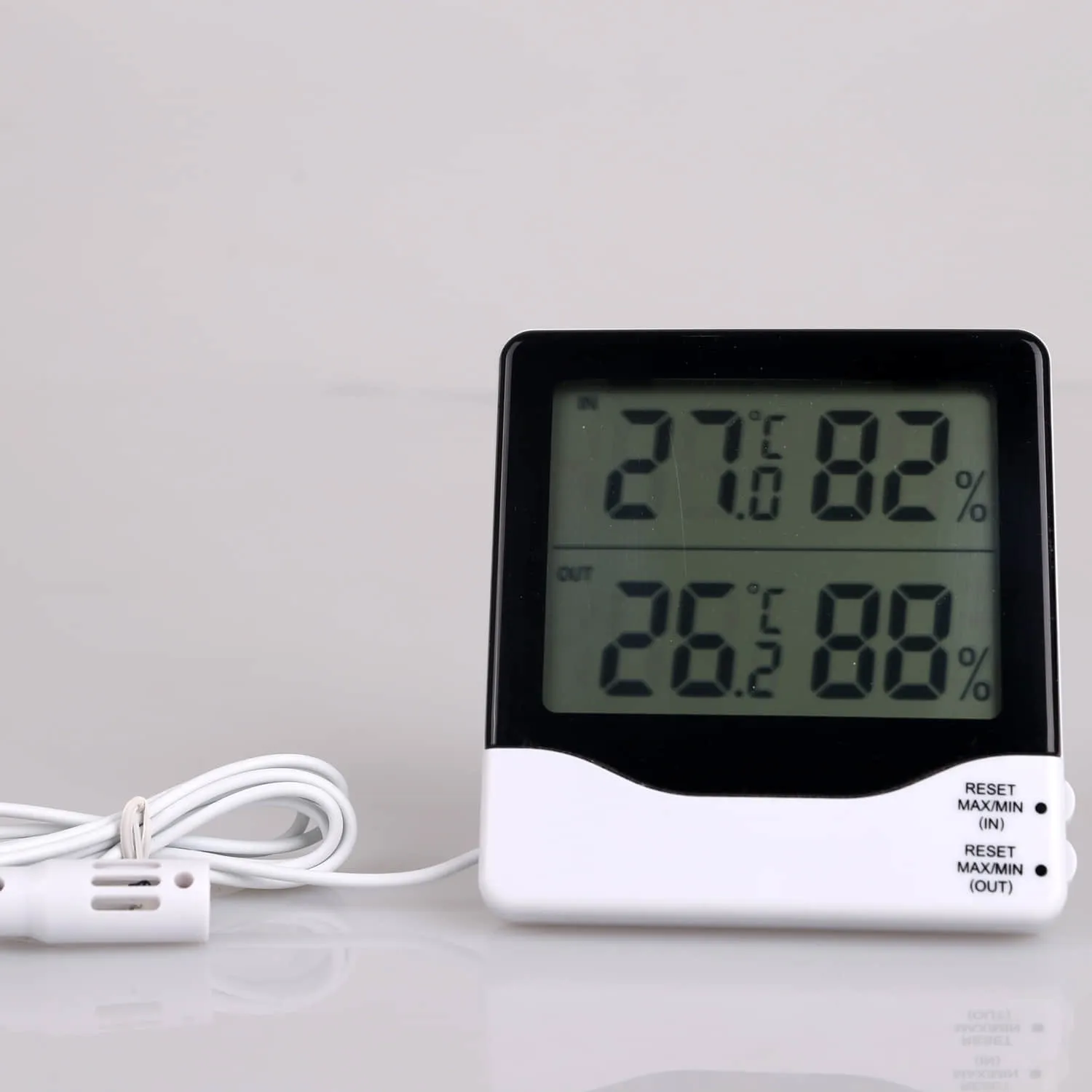Essential Temperature Monitoring Tools in Professional Kitchens
Professional chefs understand that precise temperature control can make the difference between a perfectly cooked dish and a culinary disaster. A reliable food thermometer stands as the cornerstone of food safety and cooking excellence in commercial kitchens. Whether you're searing premium steaks, preparing delicate seafood, or ensuring food safety compliance, having the right temperature measurement tool is non-negotiable.
In today's fast-paced restaurant environment, chefs need tools that combine accuracy, speed, and durability. The latest generation of food thermometers incorporates advanced technology while maintaining the practical usability that busy kitchens demand. Let's explore the top professional-grade options that are transforming temperature monitoring in commercial food preparation.
Key Features of Professional Kitchen Thermometers
Precision and Accuracy Standards
Professional-grade food thermometers must meet stringent accuracy requirements. The best models offer precision within ±0.5°F, ensuring that chefs can rely on their readings for consistently perfect results. Digital displays should be clear and easy to read under various lighting conditions, and the temperature range should accommodate everything from deep freezer monitoring to high-temperature grilling.
Advanced calibration features are another crucial aspect of professional thermometers. The ability to quickly verify and adjust readings ensures ongoing accuracy throughout the device's lifecycle. Look for models that offer simple calibration processes that can be performed without external tools or complicated procedures.
Response Time and Reading Stability
In busy kitchen environments, waiting for accurate temperature readings isn't just inconvenient – it's impractical. Top-tier food thermometers provide readings within 2-3 seconds, allowing chefs to maintain efficient workflow while ensuring food safety. The best models maintain stable readings even in challenging conditions, such as checking multiple items in rapid succession.
Thermocouple technology, found in premium models, offers superior response times compared to traditional thermistors. This technology enables chefs to obtain accurate readings quickly, even when checking temperatures in different areas of large cuts of meat or deep containers of liquid.

Design and Durability Considerations
Construction Materials and Water Resistance
Restaurant kitchens are demanding environments where equipment must withstand constant use, high temperatures, and frequent cleaning. Professional food thermometers feature durable stainless steel probes and robust housing materials that resist damage from drops and impacts. Water-resistant or waterproof ratings are essential, as thermometers must survive exposure to liquids and regular sanitization.
The best models incorporate antimicrobial materials in their construction, particularly in handle areas, to prevent bacterial growth and cross-contamination. Sealed buttons and displays protect internal components from moisture and food particles, extending the thermometer's lifespan.
Ergonomic Features and Practical Usage
Long shifts in the kitchen demand tools that are comfortable to use repeatedly. Superior food thermometers feature ergonomic designs that reduce hand fatigue and make temperature taking feel natural. Features like rotating displays allow readings from multiple angles, while auto-off functions preserve battery life during hectic service periods.
Storage solutions are another crucial consideration. Professional models often come with protective sheaths or cases that can be easily mounted on walls or stored in knife rolls. Some advanced units include built-in probe storage compartments to prevent damage when not in use.
Advanced Technology Integration
Smart Features and Connectivity
Modern food thermometers increasingly incorporate smart technology to enhance functionality. Bluetooth connectivity allows temperature data to be logged and analyzed on mobile devices, helping kitchens maintain detailed food safety records. Some models offer cloud storage integration, enabling teams to track temperature monitoring across multiple stations or locations.
Programming capabilities allow chefs to set target temperature ranges for different foods, with alerts when readings fall outside safe zones. This feature is particularly valuable for training new staff and ensuring consistent quality across different shifts.
Data Management and Compliance
HACCP compliance is crucial for commercial kitchens, and advanced food thermometers help streamline this process. Built-in memory functions store temperature readings with time stamps, while accompanying software generates reports for health inspections and quality control reviews. Some systems can even automatically alert managers when temperature checks are missed or readings indicate potential safety issues.
The ability to export temperature data in various formats helps kitchens maintain detailed records without additional administrative burden. This documentation proves invaluable during inspections and helps identify patterns that can improve kitchen operations.
Cost Considerations and Return on Investment
Initial Investment vs. Long-term Value
While professional-grade food thermometers represent a significant initial investment compared to basic models, their durability and advanced features offer superior long-term value. Quality thermometers typically last several years with proper care, making them more economical than repeatedly replacing lower-quality units.
The cost of precision temperature monitoring must be weighed against the potential expenses of food waste, customer complaints, or health code violations. Professional thermometers help prevent these issues while improving kitchen efficiency and food quality consistency.
Maintenance and Calibration Costs
Regular maintenance ensures optimal performance and extends the life of food thermometers. High-end models often include self-diagnostic features that alert users to calibration needs, reducing the frequency of professional service. Many manufacturers offer warranty coverage and calibration services, providing peace of mind and predictable maintenance costs.
Training staff in proper thermometer use and care helps protect the investment. Simple practices like proper cleaning and storage can significantly extend equipment life, while regular calibration checks prevent accuracy drift that could compromise food safety.
Frequently Asked Questions
How often should professional food thermometers be calibrated?
Professional food thermometers should be calibrated at least once per week in active commercial kitchens. However, more frequent calibration may be necessary if the thermometer is dropped, experiences extreme temperature changes, or shows inconsistent readings. Many health departments require daily calibration verification as part of standard food safety protocols.
What temperature range is necessary for a commercial kitchen thermometer?
A commercial food thermometer should measure temperatures from at least -40°F to 450°F (-40°C to 232°C) to accommodate all kitchen needs, from freezer monitoring to high-temperature cooking. The most versatile models offer even broader ranges, ensuring capability for specialized cooking techniques.
Can wireless food thermometers replace traditional probe thermometers in professional kitchens?
While wireless food thermometers offer convenient monitoring capabilities, they typically work best as a complement to traditional probe thermometers rather than a complete replacement. Professional kitchens benefit from having both options available, using wireless units for continuous monitoring and probe thermometers for instant spot checks and precise measurements.

